Buy a car built before 1960 and you won’t be worrying about MoT tests, never mind paying for Vehicle Excise Duty. And if the daily commute is a local one, your classic could even become your daily driver. Paul Guinness checks out some great choices…
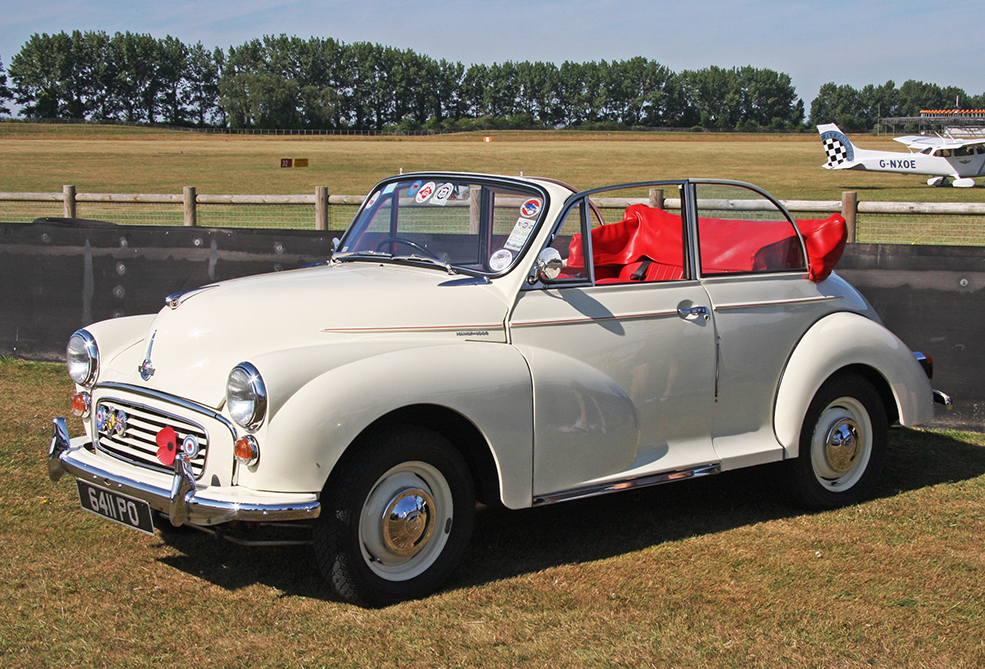
MORRIS MINOR SERIES II & 1000
It’s true that most of the surviving examples we see for sale tend to be post-1960 Minor 1000s (including the bigger-engined 1098cc version of 1962-on), but there’s also a good assortment of earlier models usually available. We’ll ignore the pre-1953 Series MM here, as its gutless sidevalve engine makes it less ideal for everyday use; but the Series II that arrived in 1952 (featuring Austin’s 803cc A-series powerplant) makes an interesting choice, bettered in terms of usability only by the 948cc Minor 1000 that took a bow four years later.
The Series II is the more ‘period-looking’ Minor, retaining the original model’s split windscreen and small rear window; and it’s certainly more user-friendly than the MM, with its 803cc engine pushing out a perfectly reasonable 30bhp at 4800rpm. But the Series II’s biggest problem is its low gearing, which makes it too high-revving to be comfortable on any lengthy journey. This was rectified when the Minor 1000 came along in 1956, however, with its 948cc version of the A-series engine (producing 37bhp) being complemented by higher gearing and a far more relaxed driving style.
The Minor always felt more modern than much of its competition, aided by super-sharp rack-and-pinion steering and independent front suspension; compared with the compact saloons offered by Ford at the time of the Series II’s introduction, the Minor was a lesson in modernity. And it felt fresher still with the arrival of the Minor 1000, a model that benefited from extra performance and refinement, as well as a host of aesthetic updates (a single curved windscreen, full-width rear window, interior improvements and more). The Minor arguably came of age with the debut of the 1000, and a pre-1960 example now makes an excellent MoT-free choice.
Most affordable of the lot will be a two-door saloon, with £4000-6000 buying one that’s in excellent condition – although as little as £2500 or so should get you a solid but cosmetically poorer example in a private sale. Meanwhile, for those with bigger budgets a Traveller estate or Minor van might be a quirky alternative; whichever you choose, you’re sure to have fun.

FORD 100E SERIES
Prior to the launch of the 100E-generation two-door Anglia and four-door Prefect in 1953, small Fords had tended to be revised versions of seriously dated pre-war designs. So it’s little wonder that the 100E created such a stir when it hit the market, even if it wasn’t much of a technical advance over its major rivals.
Under the bonnet of the Anglia and Prefect sat a 1172cc version of Ford’s venerable sidevalve engine, linked to a three-speed transmission – putting them at a disadvantage to the OHV (and four-speed) Minor Series II and Austin A30 of the time. But Ford fans didn’t care, as here at last was a range of small Fords that looked fresh and – thanks to monocoque design and MacPherson strut suspension – was modern in design.
Estate car versions – known as the Escort and Squire – arrived in 1955, while late ’59 saw the debut of the 100E Popular, a stripped-out model that would run for three years (alongside a new overhead-valve Prefect version, codenamed 107E). Unless you buy an exceptionally early 100E Popular or 107E Prefect, however, it won’t be MoT-free thanks to the current January 1st, 1960 cut-off date for MoT testing.
Today, the 1953-59 100E Anglia and Prefect make sense for regular use thanks to their low running costs and sheer affordability. Their sidevalve engine and three-speed gearbox might seem dated, but with decent handling they’re good fun to drive. Vacuum-operated wipers might be annoying on a daily user, of course, but that’s nothing that can’t be changed…

WOLSELEY 1500 & RILEY 1.5
Although this BMC duo remained in production right through to 1965, there are plenty of earlier examples that have survived into the 21st century and which now combine MoT-free motoring with a touch of prestige. From their debut in 1957, both the Wolseley 1500 and Riley 1.5 appealed to motorists who appreciated traditional-style luxury in a relatively compact package.
Both cars obviously shared the same basic design, with BMC-style badge-engineering (different grilles and so on) giving them their own identities. But there were some differences under the bonnet; despite using the same 1489cc B-series engine, the Wolseley featured a single-carb set-up while the Riley was treated to twin SUs for a 68bhp output and a top speed of 85mph.
Despite this, it was the Wolseley that enjoyed the strongest sales, managing just over 100,000 during its eight-year production run, compared with fewer than 40,000 for the Riley. Neither of these cars was a best-seller in its day, but that wasn’t the point; they were handsome offerings for the discerning buyer who sought something more upmarket than most other saloons of similar size.
Grab a decent survivor now and you’ll get to enjoy a cosseting interior thanks to its leather-faced seats and handsome wood-veneer dashboard. You’ll also find your Wolseley or Riley easy drive, with each car offering good performance, a smooth four-speed gearbox and secure handling. It might be a touch dearer to buy than a Morris Minor in similar condition, but isn’t it worth paying the extra for a more opulent ’50s-style experience?
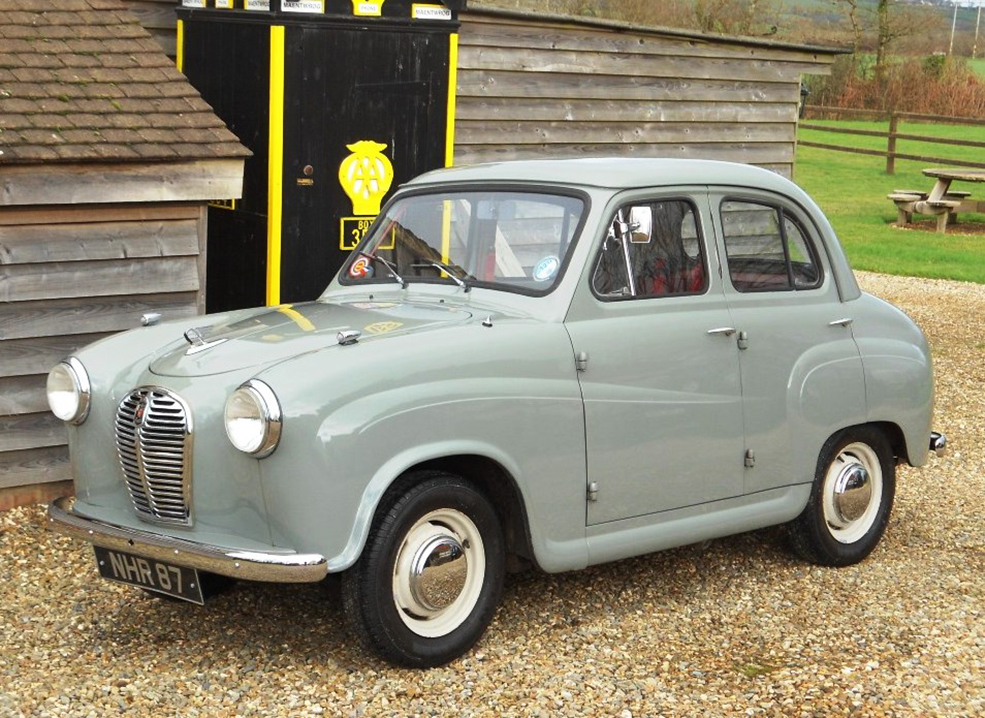
AUSTIN A30 & A35
If we focus on the saloon versions rather than the longer-lived van or Countryman models, the good news now is that every A30 and A35 is both MoT- and tax-free, with the final car having rolled out of Longbridge in 1959 – eight years after the A30’s debut. The A30/A35 was a major success for Austin, undercutting the Morris Minor on price and selling more than half a million (of all derivatives) over the years.
The A30 is notable for being the first recipient of Austin’s new 803cc A-series engine, which provided the curvaceous newcomer with a top speed just shy of 65mph. Initially launched in four-door guise, the A30 saloon was soon joined by an even more affordable two-door version. The biggest change came in 1956, however, when the A30 was usurped by the new A35 – featuring a 948cc A-series engine for a more useful top speed of 72mph. Meanwhile, wheel size was reduced to 13 inches, overall gearing was raised and the previous tiny back window of the A30 gave way to full-width glass.
As a driver’s car, the A35 has the edge over the A30 thanks to its extra power (34bhp versus 30bhp), although at least each model comes with a four-speed gearbox. Many A35s have been modified over the years thanks to easy-to-fit bits from the BMC parts bin, hence more than a few 1275cc versions. Prices of standard cars vary widely, but £2500-3000 should buy a solid and usable survivor, while a top example might achieve £5000-6000.
OR, MAYBE ONE OF THESE?
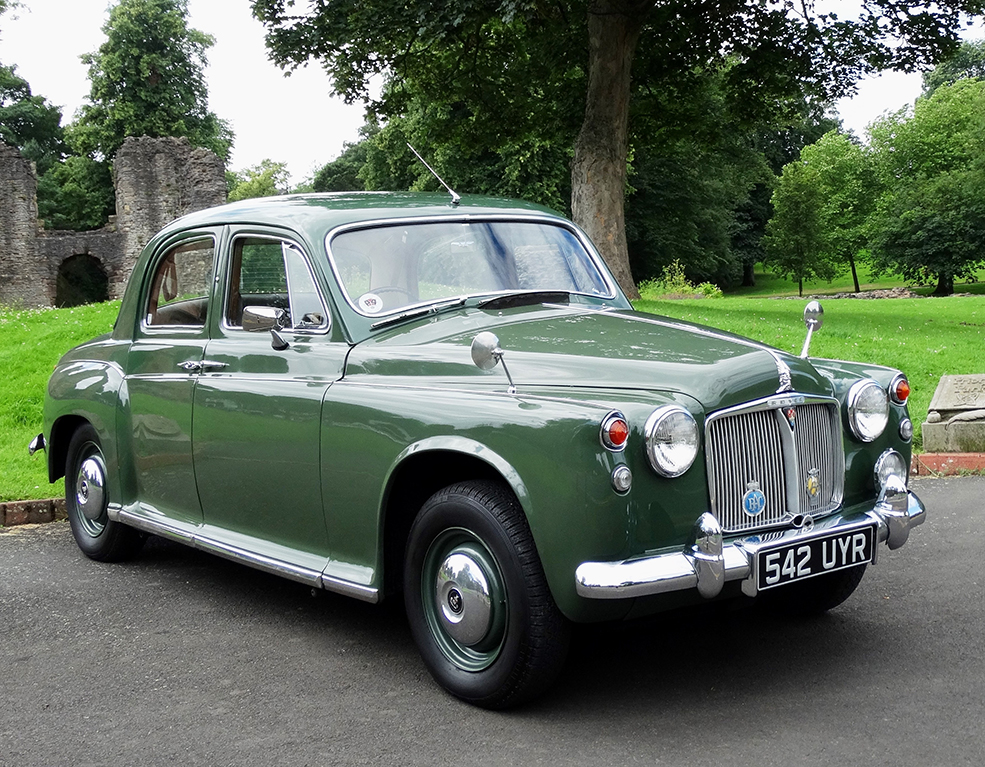
ROVER P4
From its launch in 1949 through to its demise a decade and a half later, the P4 became the preferred carriage of bank managers everywhere. The original 75 ‘Cyclops’ (with its central third front light) was considered ultra-modern by Rover standards, yet numerous updates and minor styling changes were introduced over the years. To guarantee your P4 is MoT-free, you’ll need to focus on the various Rover 75 models of 1949-59 and the (four-cylinder) Rover 60 and (six-cylinder) Rover 90 of 1953-59. Can you think more stately daily transport for around £5000-9000?

VOLVO PV444 & PV544
The PV444 first appeared in 1947, and was replaced eleven years later by the remarkably similar looking PV544. You only have to glance at the 1958-on PV544 to see how closely related the two cars were, although the newcomer boasted bigger glass (including a one-piece windscreen). Best of the MoT-free cars will be either a late (1957-on) PV444 or a very early PV544, both of which came with a 1583cc (60bhp) engine giving reasonable performance. Pay £8000-10,000 now for a car in good to excellent condition and enjoy some Swedish sturdiness.
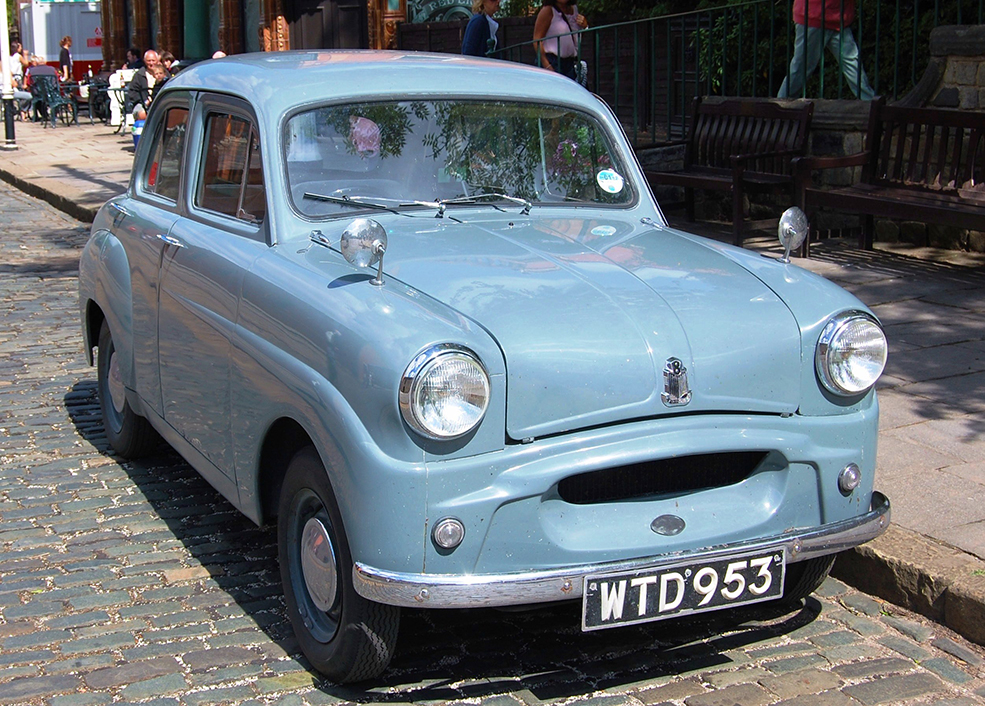
STANDARD 8 & 10
While BMC’s compact saloon range of the ’50s centred around the A30/A35 and Minor, Coventry-based Standard-Triumph launched its own rival in 1953. The new Standard 8 was a smart-looking four-door saloon with 803cc power (a Standard engine, unrelated to BMC’s A-series). It was joined by the Standard 10 in 1954, sharing the same styling (albeit with an opening boot lid) but featuring a smart chrome grille, extra equipment and a 948cc engine for a performance boost. Pretty, practical and reliable, either car now offers great value at £3500-5000 in excellent condition.
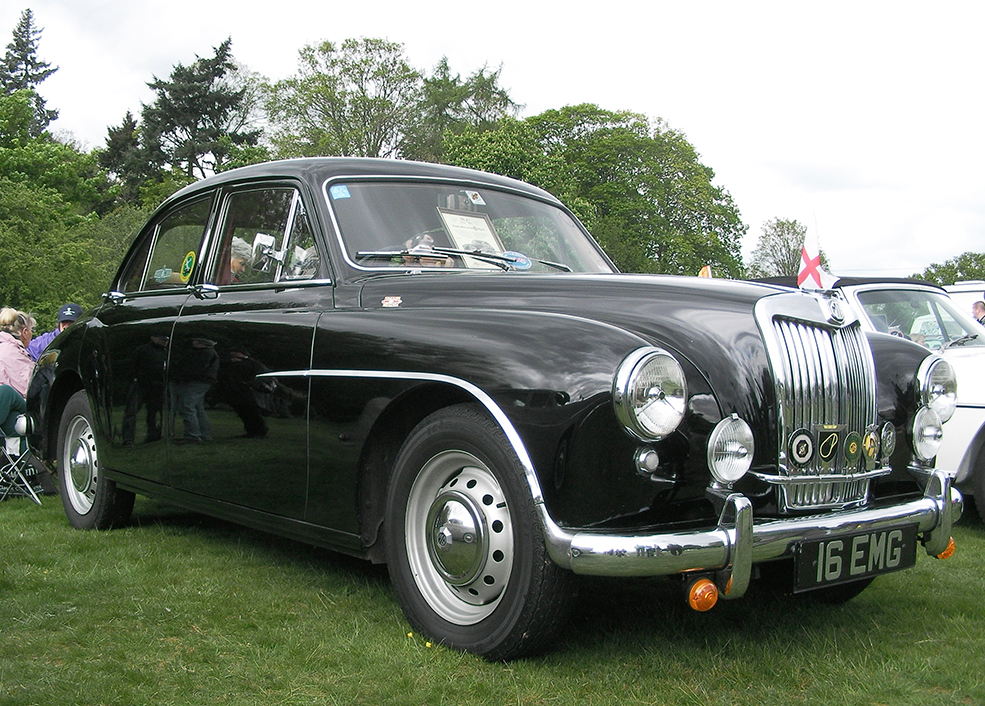
MG MAGNETTE ZA & ZB
Despite having much in common with the Wolseley 4/44, the Magnette ZA of 1953 (and subsequent ZB of 1956-58) fully deserved an MG badge thanks to its sportier feel and increased performance from BMC’s 1489cc B-series engine. Rack and pinion steering gave sharpened driver appeal, as did the Magnette’s impressive handling. Inside, meanwhile, was a wood-and-leather approach to things, giving this latest member of the MG family a luxury twist to its sporty appeal. Prices have risen of late – but a very tidy example at around £15,000 makes a superb MoT-free choice.






